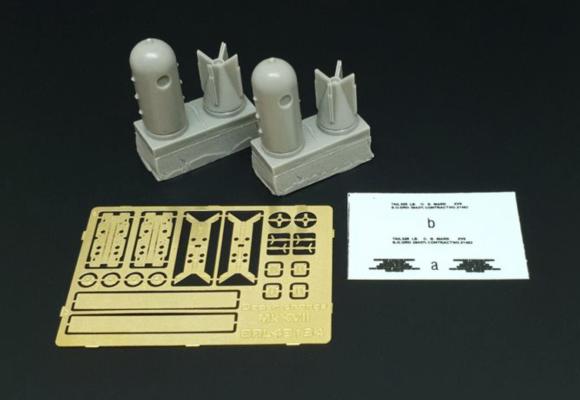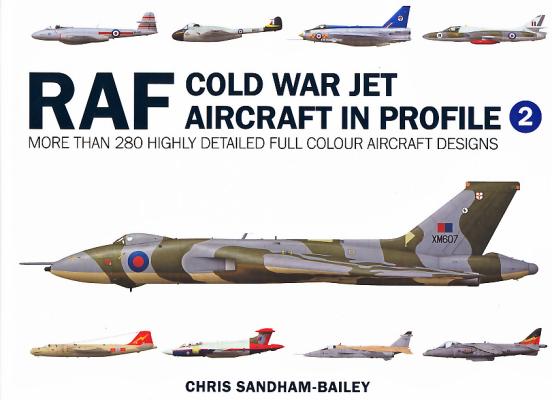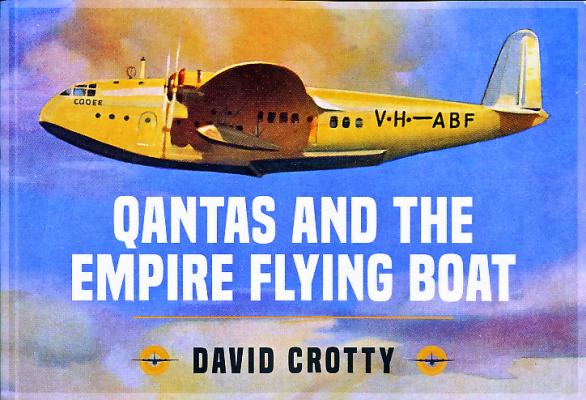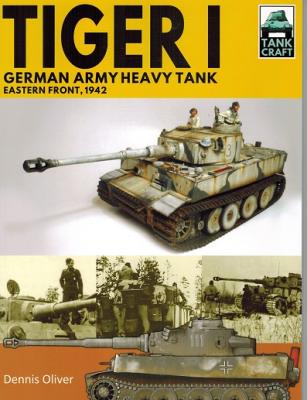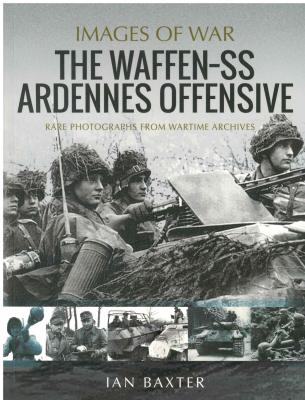Brengun adds to its catalog with Attack Hobbies re-release of the Mk XVII depth charge in 1/48th scale. The set contains the parts to make and mark two depth charges along with the pylon for mounting. Inside the set, you will find two well-cast depth bomb bodies and nose fuse stalks in gray resin, a photoetch sheet containing the parts to make two pylons, the fuses for the bomb, and a small decal sheet for the one marking on the depth charge.
Assembly starts by removing the depth charge and nose stalk from the resin. Make sure the nose is sanded smooth. Glue the stalk to the direct center. The tail band needs formed into a ring. When I did this using my PE bender, the tail was too big in diameter and would not touch the four legs. I cut ~ 2 mm off the tail and reformed and it as better. If I make the other one, I would cut 3 mm off. I left off both fuse spinners for painting.











